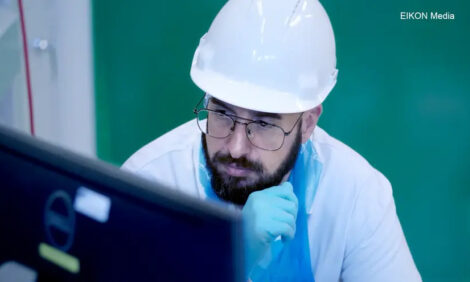



Production and Marketing Characteristics of U.S. Pork Producers, 2000
By John D. Lawrence Associate Professor, Dept. of Economics Iowa State University and Glenn Grimes Professor Emeritus, Ag. Economics Dept. University of Missouri - It is an obvious understatement that the U.S. pork industry is changing. It is a more daunting task to quantify how it is changing, what is driving it, and what it may look like in the future. Researchers at the University of Missouri (Rhodes), and more recently Iowa State University, have chronicled pork industry changes for over 25 years, and with the help of PORK magazine have taken a snapshot for the year 2000.Summary
The U.S. pork industry continues to evolve. Fewer and larger producers rely more on contracts for both hog production and marketing. Firms that market 5,000 head or more produced 80 percent of the hogs in 2000. Over half of the hogs were from approximately 156 firms marketing more than 50,000 head annually. These producers finish over two-thirds of their production in contract facilities. Nearly 90 percent of their marketings are under contract or owned by a packer. These producers expressed a high level of satisfaction with hog production, they and contract growers were satisfied with production contracts, and the producers were satisfied with their marketing contracts and planned to continue them in the future. These 50,000 head or more producers planned to grow their business, but many noted their planned growth would be through acquisition of existing facilities. Limits to their growth included lack of profitability and, to a lesser extent, environmental regulations.The less than 50,000 head a year producer is also planning growth over the next 3 years, but to date has been losing market share. The less than 5,000 head producers in particular have declined in number and production. The smaller producers identified lack of profitability and market access as hurdles to growth. Smaller producers were also less likely to use production or marketing contracts, AI, or sell on a carcass basis. However, because the smaller producers relied more heavily on the cash market, they are also more actively involved in price discovery for many of the contracts used by other producers. The use of producer networking has leveled off or even declined among the less than 50,000 head producers. Marketing networks are more commonly used than other types of networks.
Nothing in the results of this survey indicates that the trend to fewer and larger pork producers will change; however, the rate of change may decelerate. The largest operations are looking more to acquisition to satisfy growth plans and may take a more cautious approach to expansion because they have identified profitability as a key limit for growth and increasing environmental regulations as a second limiting factor. The smaller producers who survived the terrible financial adversity of 1998-99 are adopting the practices of larger producers. Smaller producers are rapidly increasing use of AI and marketing contracts. While there will continue to be attrition from the ranks of smaller producers, there will also be those who continue successfully into the years ahead.
The trends toward more extensive use of marketing contracts make continued avoidance of more extensive linkages with packers an increasingly risky strategy for pork producers. Food safety concerns are likely to encourage or even mandate identity preservation in production and marketing systems that link export, retail, food service, and processor customers for pork more closely to packers, producers, and their suppliers of feed, veterinary supplies, and services, etc.
To read the full report: Production and Marketing Characteristics of U.S. Pork Producers, 2000, Click Here
To view the associated PowerPoint presentation that accompanies this report Click Here (Note the file is quite large and takes a while to load)
Source: AgEBB - Farm Marketing, September 2001







